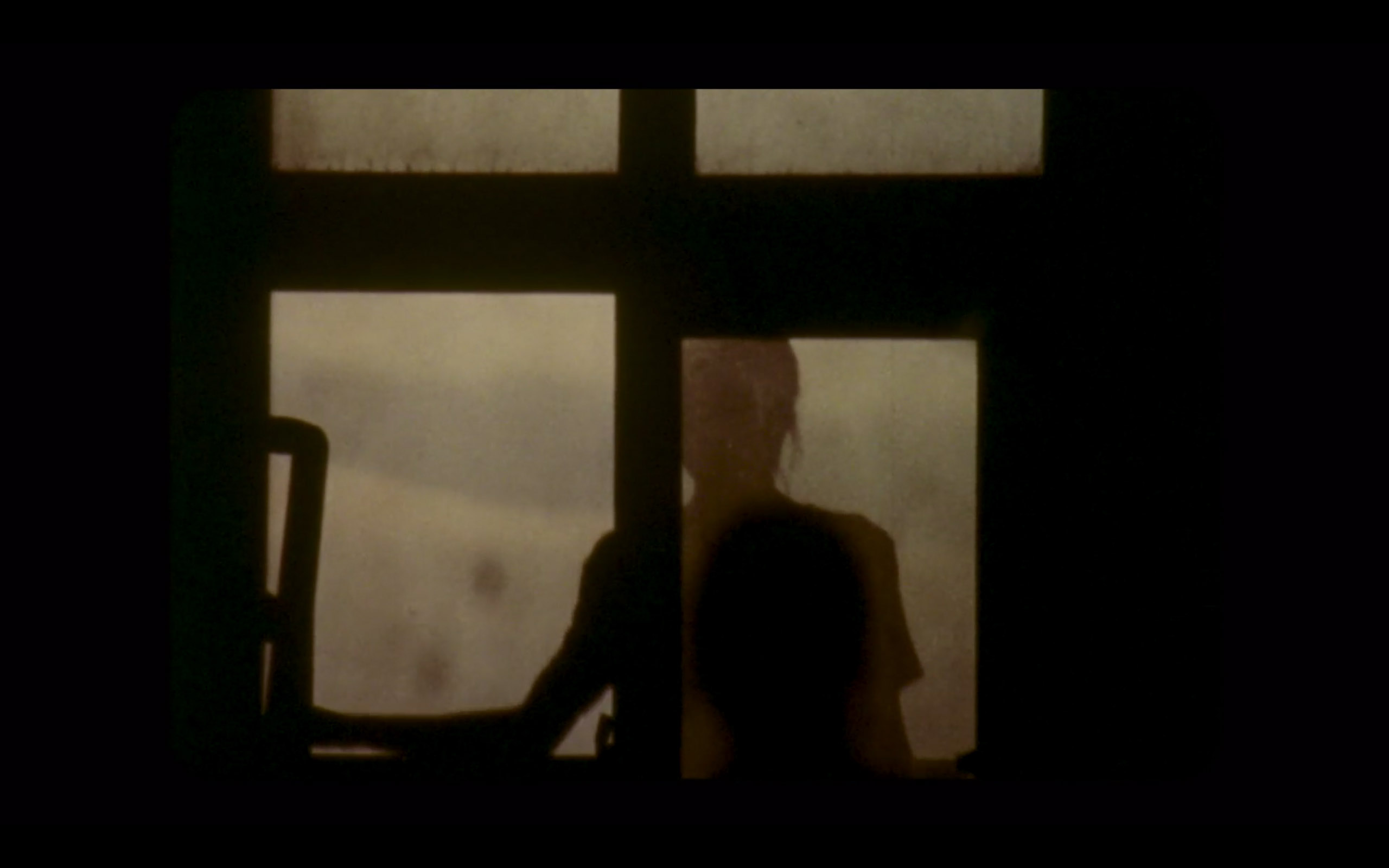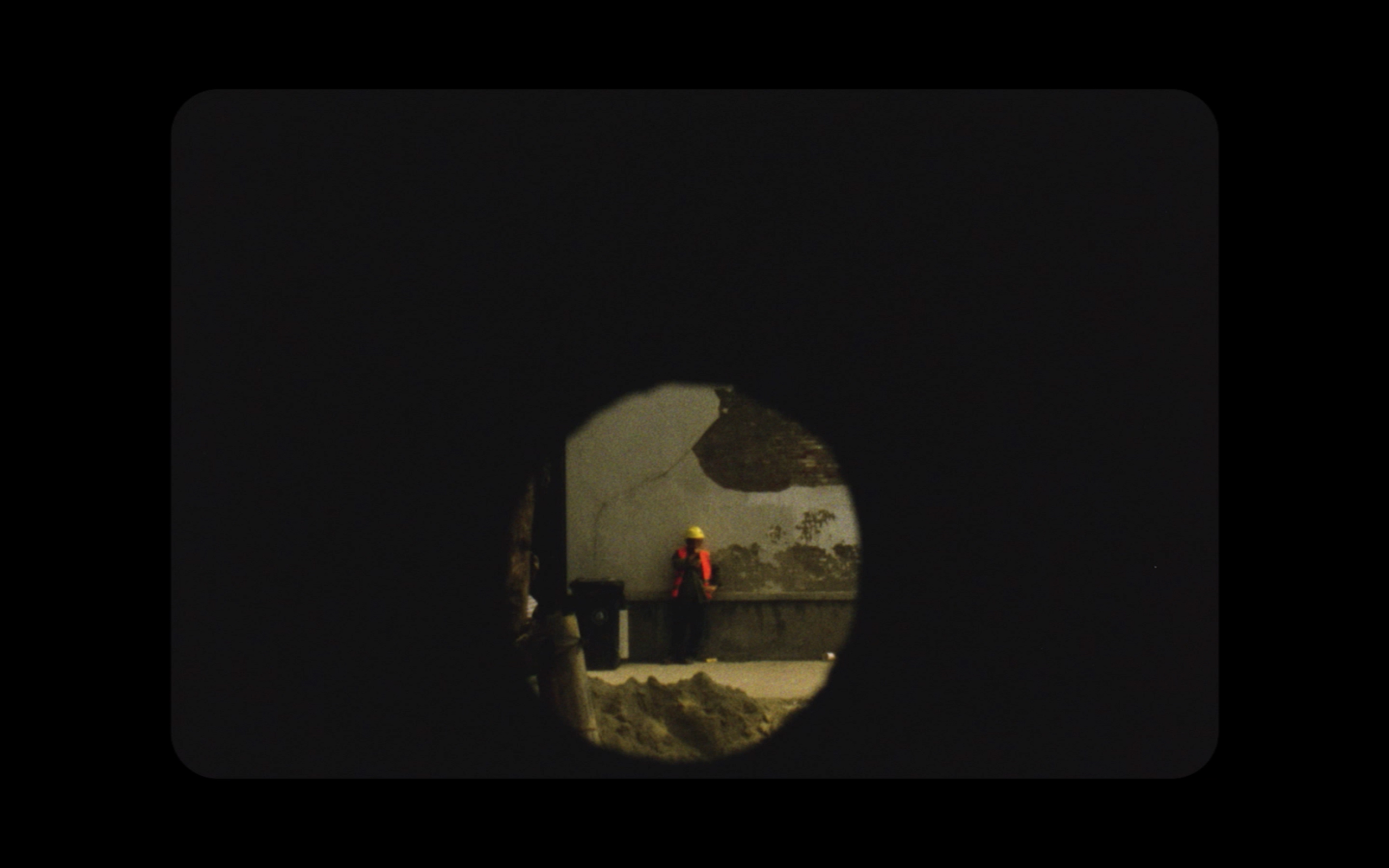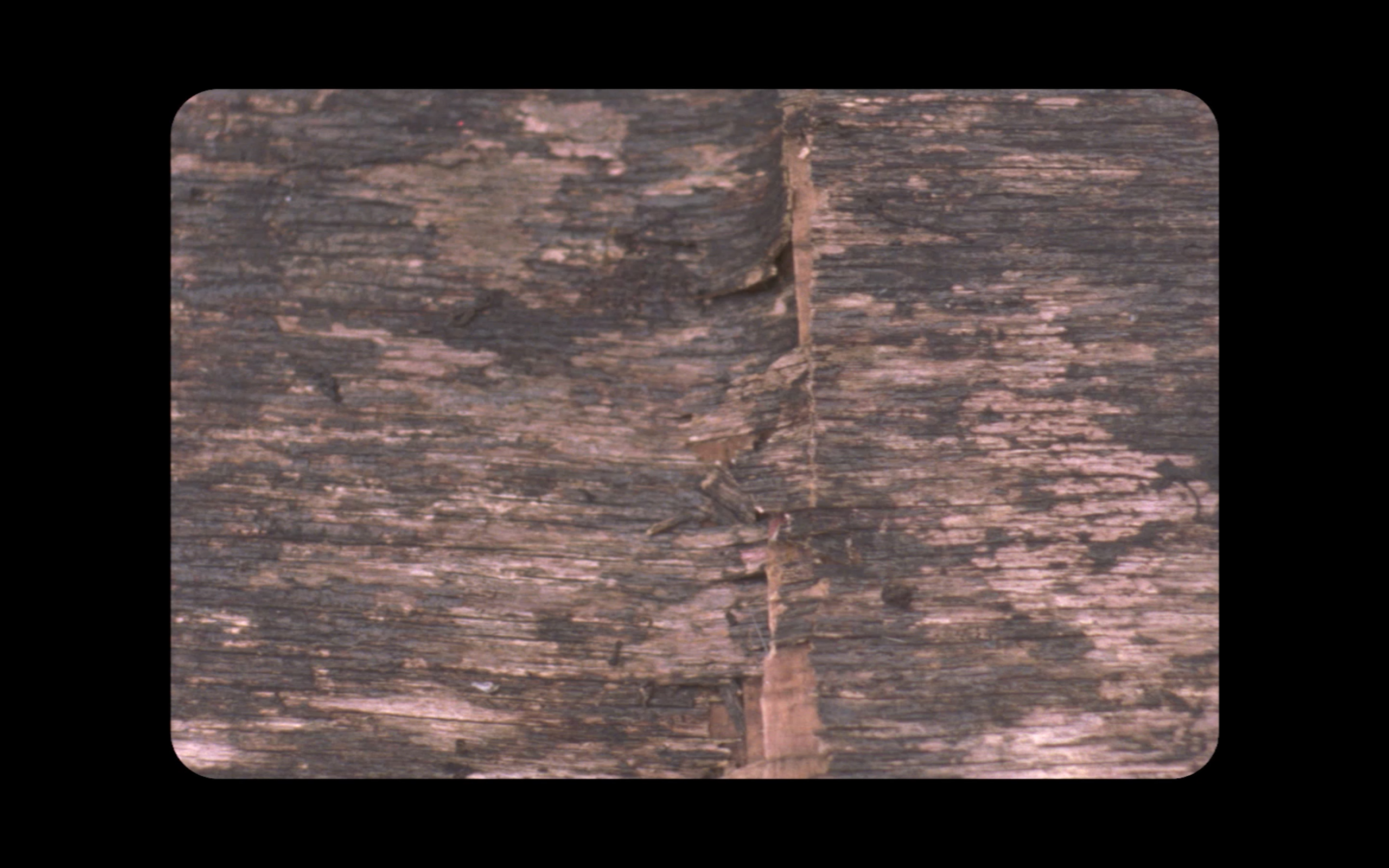Description
Gu-Tai (2018 - ) Wenhua took on a radical use of single frame image capture and examines his strange and familiar hometown in China, which he has been away from for nearly two decades. The film title comes from postwar Japanese avant garde artist group Gu-Tai. The kanji ( Chinese) used to write 'gu' means tool, measure, or a way of doing something, while 'tai' means body. The film is the result of intense looking and seeing what might not be there.
Review
On Wenhua Shi’s Film Gutai
By Jeremy Bessoff
Ohio University
College of Fine Arts
It helps me to unpack an experimental film if I have a key to the sometimes opaque or often unknown overarching filmic strategy the filmmaker employs. Wenhua Shi very generously gives the viewer the key to his abstract piece in its title, Gutai.
Gutai is a mid 50’s Japanese art form that emerged from the post-wwII reconstruction. Briefly, Gutai is a Japanese compound word that translates to Gu meaning body and Tai meaning tool. So we can infer from its name that it is an art form based in human physical performance. The body is the effective dynamic force for movement and change. It was developed as a new form of expression using the body as a tool to capture the sense of time, space and movement. These actions are often recorded in objects that retain some echo of the force that affected it. Imagine a hand scooping a rough trough through a slab of wet clay, or perhaps a man walking through paper walls. Gutai is an immediate art form based in performance and documented by the objects reaction to the body’s action upon it.
In this instance, Shi swaps a human body for a camera body. The camera is taking action on the world around it. The resulting film is a remnant of the performing cinematic eye.
The film Gutai has distinct movements in its structure. These tonal montages work with and against each other generating electric dynamism, struggle and energy. The first movement establishes a pathos/affect through timing, texture and motion built from banal objects. Instead of the objects being affected, it is the camera lens that does the effecting. Objects and textures are literally animated by camera movement. Time is further affected by generating time displacement through aggressive editing.
Editing is where the piece is built from the plastic imagery captured by the film camera. The image becomes the building material of the film, rather than the film itself. The cut is the meaning of the film. The true film is vivified through the editing techniques. Cutting takes the record of a camera pan and shreds it into a staccato movement. Time is being affected (much like the aforementioned clay) through the action of cutting, thus creating a strong sense of dynamism not present in the linear, normal, real world experience of the subject. The film starts its Gutai investigation in earnest as a weather worn table is explored by the performing camera. There begins the Interplay between the wood (also as a record of the environment acting upon it,) and the playful editing make the wood dance with dynamism.
The film then takes an interesting tact by a change in perspective. Static spaces are activated with human motion moving through them, as opposed to the camera moving through the space to create the dynamism. In an exciting development, the filmmaker multiplies dynamism by introducing temporal displacement of the figure through editing (or most likely in-camera editing). The human figure flutters through the windows unbound by the constraints of time.
In another surprising perspective shift the film focuses on a knot in a piece of wood. The knot, or eye as the filmmaker sees it, mimics, mocks or mirrors the cinematic eye of the The subject watches the watcher in a playful ,ironic twist, perhaps evoking a sense of surveillance. As the film progresses, Shi demands the entirety of the camera’s functions to action. The mechanics of the camera are brought to play as the shutter stutters, framing changes with physical positioning of the camera, etc. Its as if all the formal properties of the camera are activated throughout the film.
Gutai completes its nervous cycle as the camera begins investigating a pastoral scene where a solitary figure rests in a chair. The pastoral affect of the scene absorbs the dynamism that ran rampant through the film. As the film ends we record the slowing energy in a gradual tonal shift, allowing our eye respite and calm as the figure falls asleep.
Video Wall Demo


